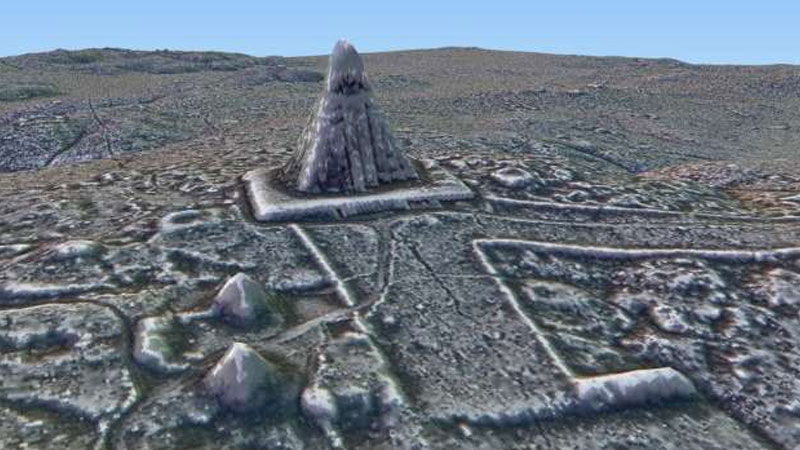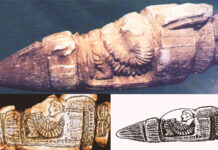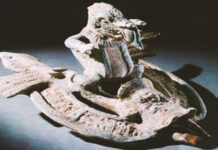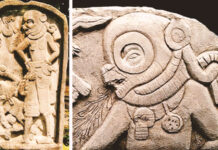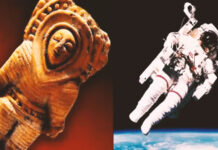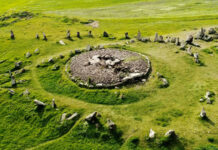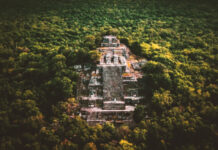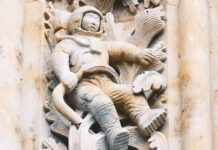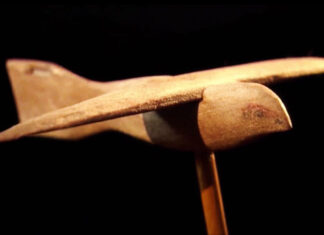The find was made possible by a revolutionary laser technology called LiDAR (Light Detection and Ranging).
This technology consists of using drones that fly over the area and emit thousands of pulses of light that, when bounced off the structures, reveal the relief that hides below the surface.
This technique, combined with a GPS tracking system, made it possible to create 3D maps of the megalopolis without harming the forest.
Houses, defensive structures, tombs and even a 30-meter-high pyramid, which until now was thought to be a small mountain, are some of the approximately 60,000 structures discovered.
A wall of about 14 kilometers was also found near the citadel of Tikal, one of the most important archaeological sites of Mayan settlements.
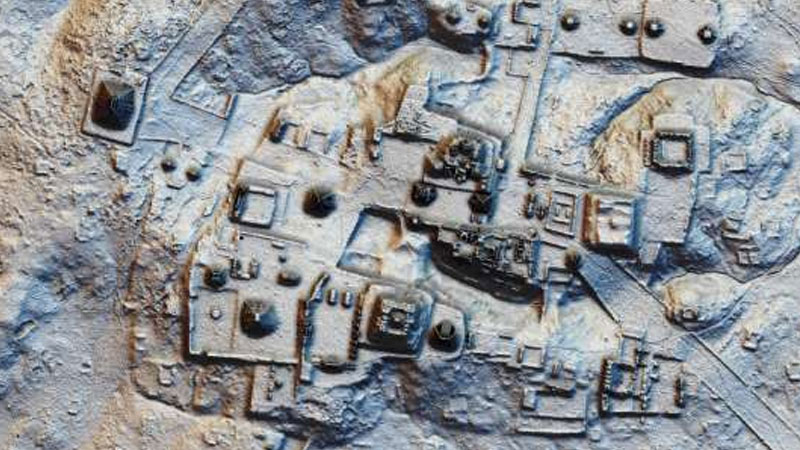
The researchers found that, around urban centers, extensive crop fields could occupy up to 95% of the available land.
The buildings discovered were part of a dozen cities, and the scale of the find led the researchers to the conclusion that the Mayan population could have reached 10 million people, a number much higher than previous estimates.
The researchers point out that, after the disappearance of civilization, the jungle invaded the city, which remained hidden for centuries.

